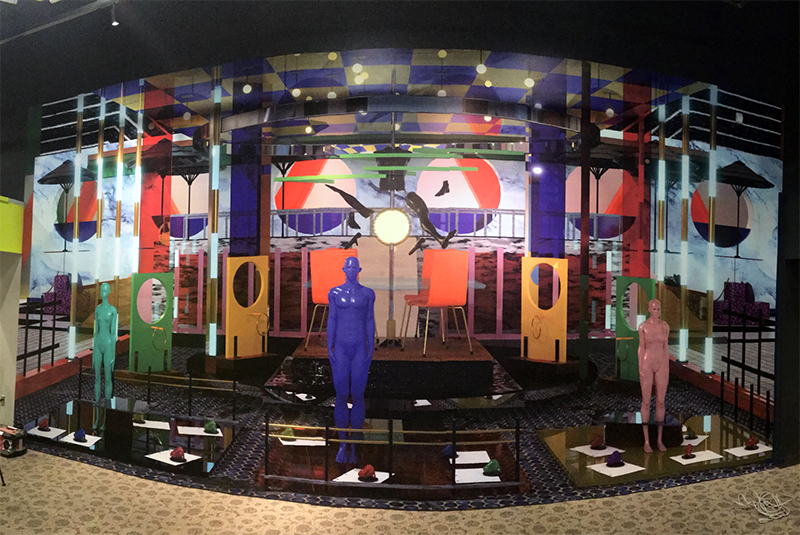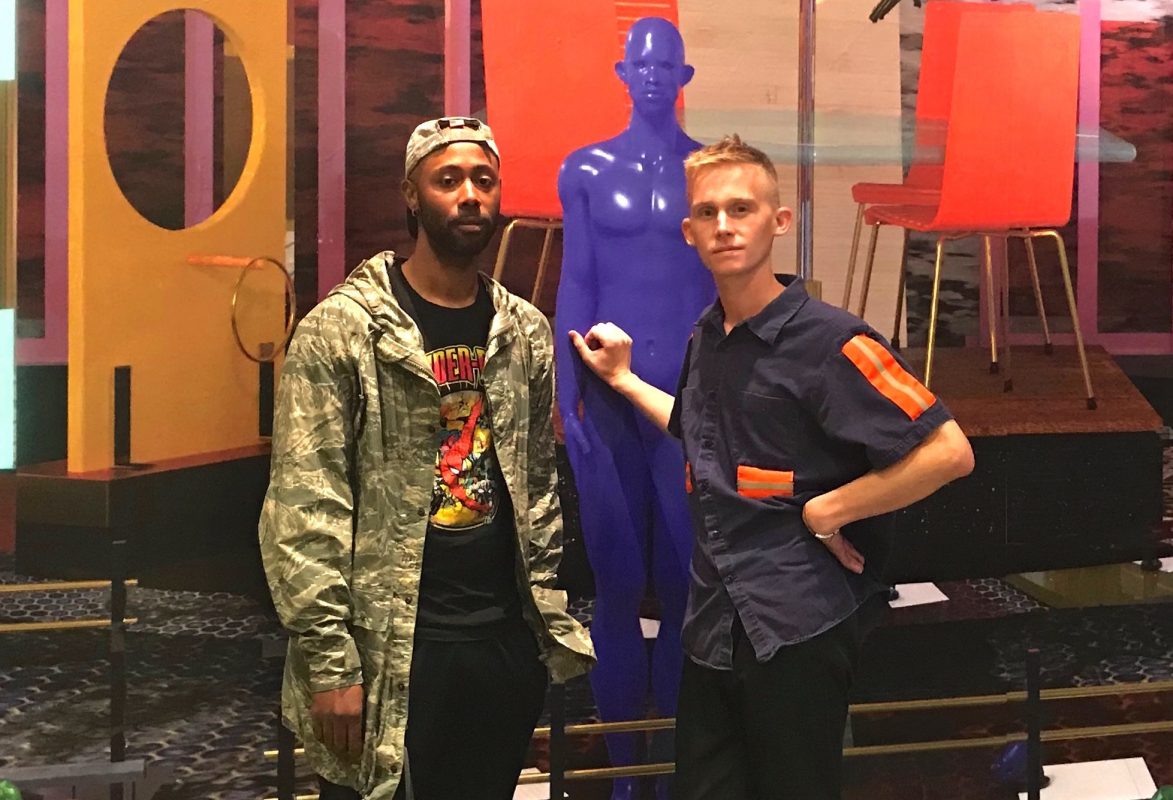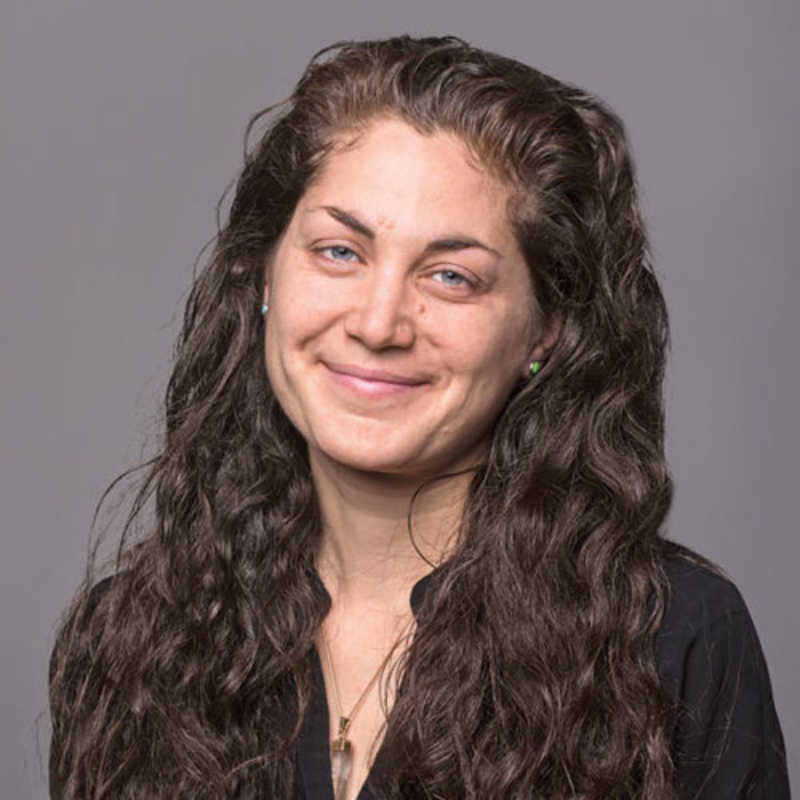
Can an artistic preoccupation with a subject matter be reduced to a troubling personal one?
Isn’t part of what distinguishes artists the way they transcend their personal preoccupations by making aesthetic order out of the inner disorder that is our common human lot?
How does one read their own subjectivity and how does that drive and motivate what one does?
How can representations of ourselves complicate how we see ourselves. Can one be over represented?
These and other questions will serve as prompts to generate community discussions at the latest Wickerham and Lomax exhibit, which opens tonight at the Reginald F. Lewis Museum.
Malcolm Lomax and Daniel Wickerham, aka 2015 Sondheim prize winners as artistic duo Wickerham and Lomax, are known for pushing the boundaries of art and conversation through their collaborative work. They met as students at MICA and began producing work together in 2009.
In their newest installation, Channel Heal: The Writer’s Room, they visually depict the messiness of creative work and the thought processes behind it in an installation inside the Refections gallery at the Lewis, the final show to be held in the space under its Reflections name and mission to bring contemporary art to the Lewis. It runs from July 12 through Aug. 1.
Wall-to-wall murals line the installation—printed material, hand-drawn images, white boards, and other elements are used to depict indoor and outdoor spaces that evoke a fluid and open atmosphere—the kind of magical place where creative work happens.
The show hinges upon two Channel Heal events, open to the public, to stimulate conversation around four topics: transcendence, physicality, ego, and mysticism.
The duo invited people in the Baltimore community for each discussion.
“Everyone serves as a panel host,” Wickerham says.
“People are like prompts,” adds Lomax, who is also a poet.
They’re interested in how art and the creative process relate to healing, as they’ve seen creatives navigating these four areas to improve their lives. Through the roundtable discussions, they want to externalize some of the thoughts and feelings that have resulted from conflict and trauma.

Wickerham & Lomax will serve as the show-runners, as the installation is part of a larger body of work that will live online and examines in a part-fictional, part-nonfictional way, TV.
The show opens tonight with a reception from 6-8 p.m.
Channel Heal work sessions, to generate dialogue will be on July 18 (exploring physicality and mysticality) and Aug. 1 (transcendence and egotism).
“The conversations we want to have here are conversations we have with friends all the time, out drinking or whatever,” Lomax says. “These are things that have fallen to the side that we have pulled back up.”
In TV-speak, he’s referring to all the drafts and ideas that have been on the back burner and maybe fell out of consciousness completely.
Some thoughts and questions generated from the dialogues will be thrown into a large net suspended from the ceiling; others will be placed into 8-foot-tall fabricated coffins, serving as burial grounds of sorts, a repository for ideas. The front of each coffin will be clear, however, so visitors can see inside and read the written ideas.
“What is normally hidden will remain in the physical space,” Wickerham says.
Wickerham and Lomax essentially lift props, characters, and other elements they’d created in a digital space and move them into a physical space. And then ultimately, elements created as a result of the show will move back into the digital realm onto a future website project titled Channel Heal. The stories that they help people to tell will eventually become interactive and extend beyond Baltimore. Some might even be scripted and turned into movies.
“When you do an installation, you’re like—what are you left with?” Wickerham says, standing in an empty Reflections gallery just weeks before their show went live.
“I love ideas, I like seeing ideas put into form, but installations are laborious. They’re labor intensive,” Lomax says, then adds, “With poetry, I just snatch it and put it down and I’m on my way.”
Through Channel Heal online, their hope is that the installation will live on and continue to evolve in new ways—in the Baltimore community and the creative community worldwide—as it continues to ask what it means to be an artist, and what it means to be whole.
